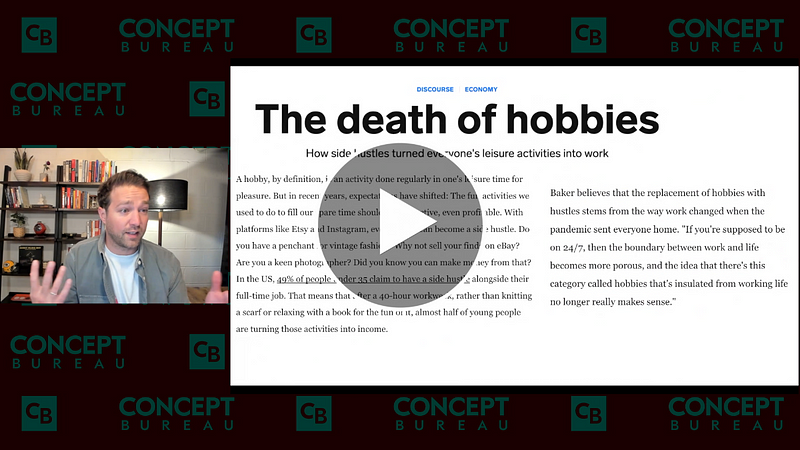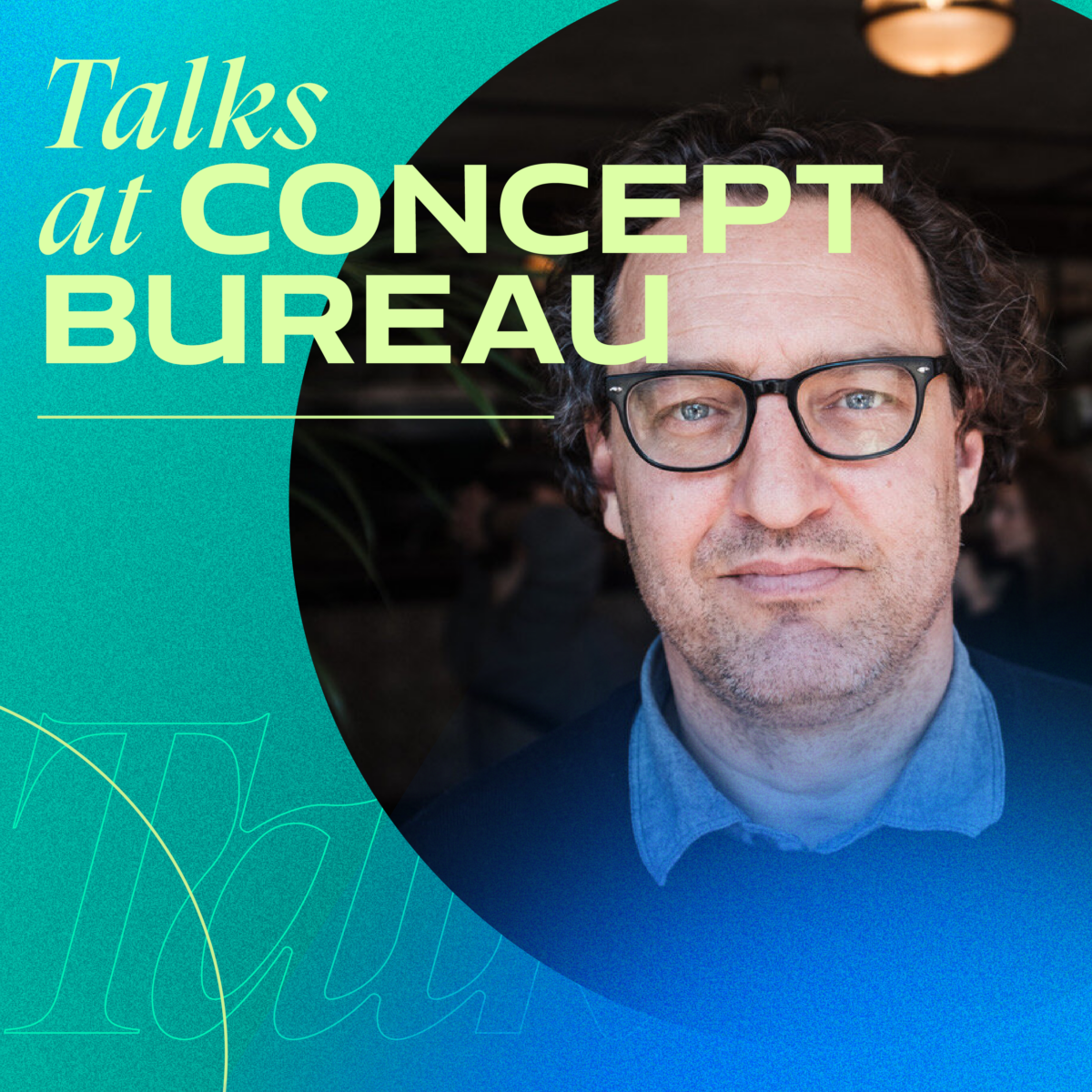Each month, our team does a wide sweep of culture and presents every recent finding they think is worth noting.
It’s my favorite meeting ever, and it’s called “Brands & Outliers”: brands because they are the bellwethers of culture, and outliers because every movement begins as an anomaly in the landscape.
Today, we’re sharing this rich discussion with you. I want you to think of this as your smart friends and colleagues getting in a room and freely talking about what they’re paying attention to, because that’s what it is for me.
From this conversation emerges vital second-order insights that help progress our model of the markets. Our rule is to move fast and lean hard into casting the future.
It’s a deep dive primer into innovation, culture, business and future signals, but in a way that ties all of it together in an actionable story.
It will give you clear perspective and new ideas to work with.

I’ve included timestamps of highlights below, but there’s a ton of good stuff in here.
If you like this video and want to see more recordings of our monthly Brands & Outliers meeting, let me know. We’d love to keep sharing this conversation with you.
00:20 VC, Startups and Innovation
- 03:55 Does reverse globalization mean we’re moving away from gold standards?
- 04:45 The recession never happened, lol.
- 08:01 Big data is out.
09:39 Cultural Narratives
- 10:58 We’re a culture obsessed with “detox”. We detox our bodies, relationships, dopamine addictions, social media and environments. The idea of shedding and purging is everywhere.
- 12:36 We’re in an awkward transition out of optimized tech culture into something more ‘feeling’, and it’s decidedly surreal.
- 15:15 #humancore and NPC streaming may be bizarre, but they also get you in your feelings. (It’s all very High Fidelity Society.)
- 29:21 So many new brands are just skins over chatGPT. It’s therapy dressed up as a buzzfeed quiz or an editor clothed as a writing coach. Reminds us of the disaggregation of Craigslist.
- 42:43 What happened to the irredeemable bad guy/ girl? They became complicated, human, nuanced when we left Low Fidelity Society.
- 45:46 Death doulas, operatic escapism, people getting over alcohol… we are reassessing the vices and fears we subscribe to.
57:54 Brand Activations
- 51:44 Character AI, Jen AI, Caryn AI all seeping into waking life.
- 59:42 Dr. Bombay Ice Cream and NFTs becoming brands.
- 01:00:17 Crocs engagement rings can only exist in world where millennials have killed jewelry.
- 01:01:30 HYBE looks to lift the language barrier in music.
01:02:44 Future Signals
- 01:02:52 Population collapse meets fertility tech: the first babies conceived with a sperm injecting robot have been born, and IVG (In-Vitro Gametogenesis) is here.
- 01:03:49 Biophilic design speaks to our desire to bring nature indoors. The home is for healing now, and that has big implications for the industry.
- 01:04:56 Language is the operating system of democracy, and that has significant implications when large language models begin to shape how we interface with the world.












